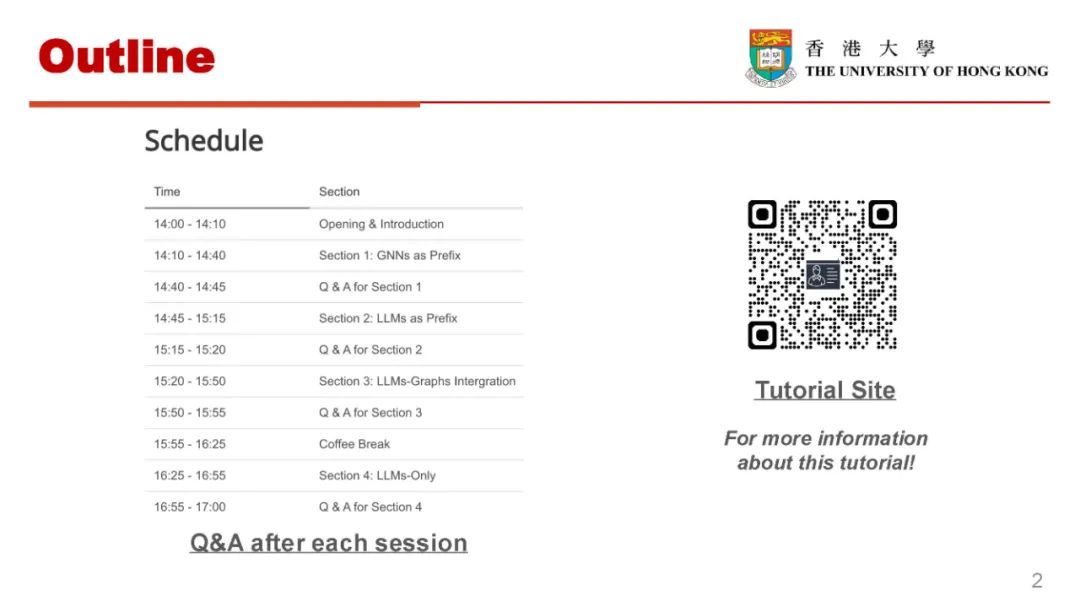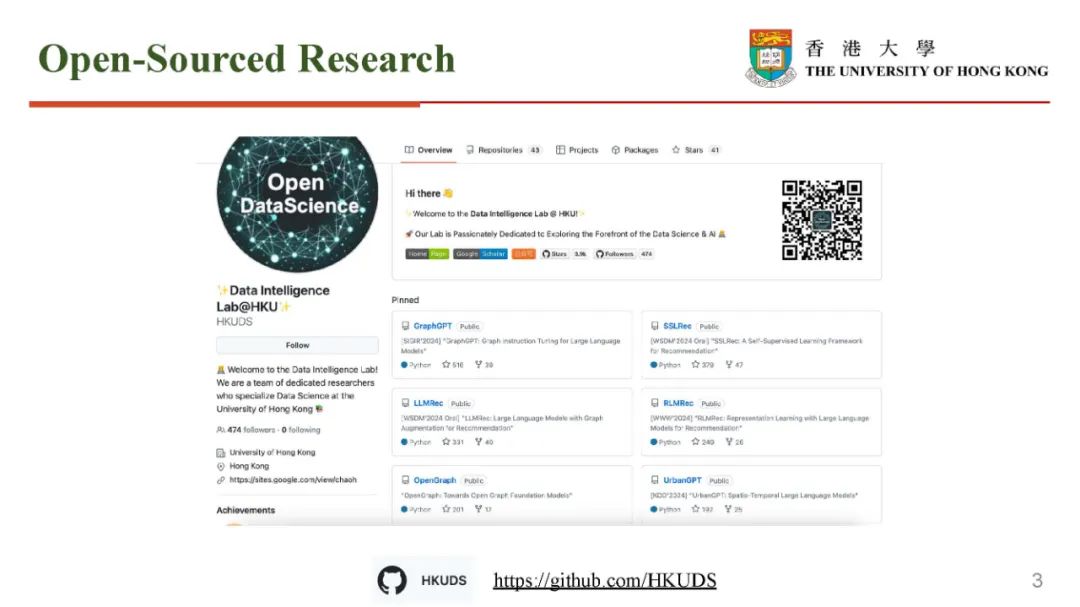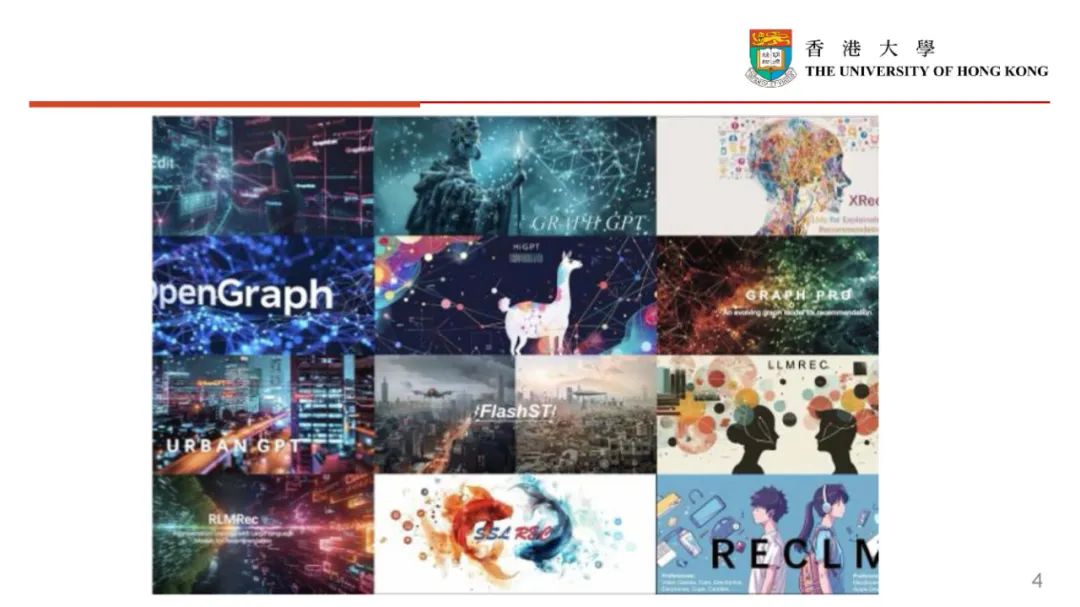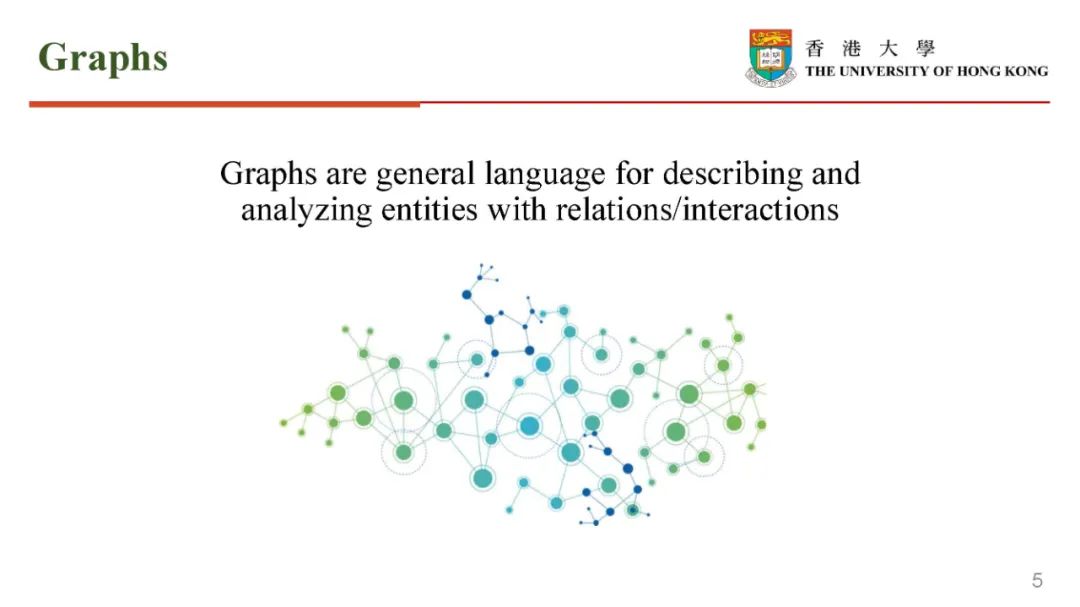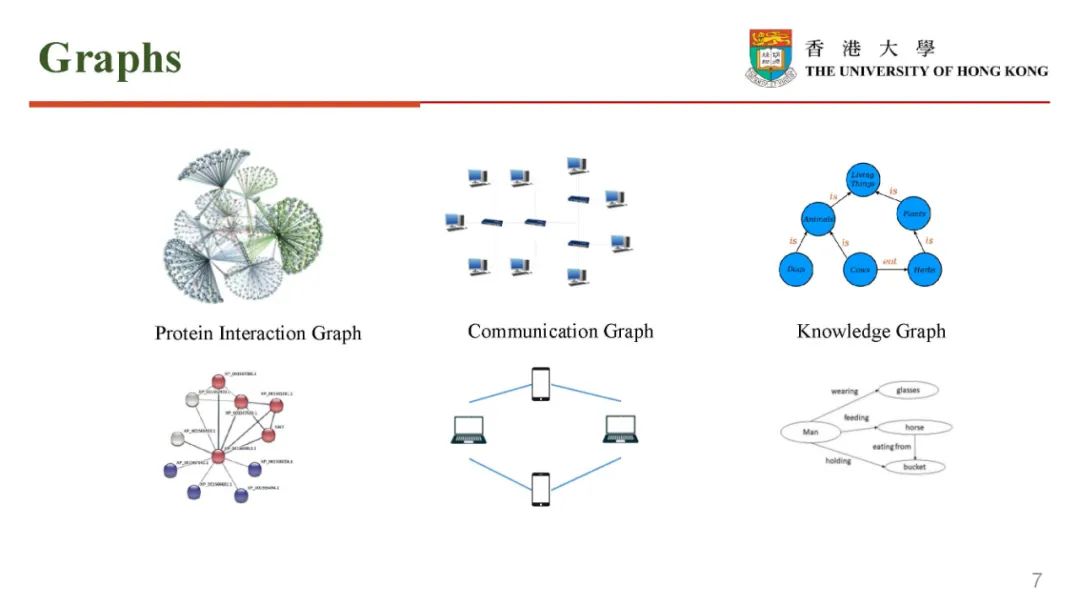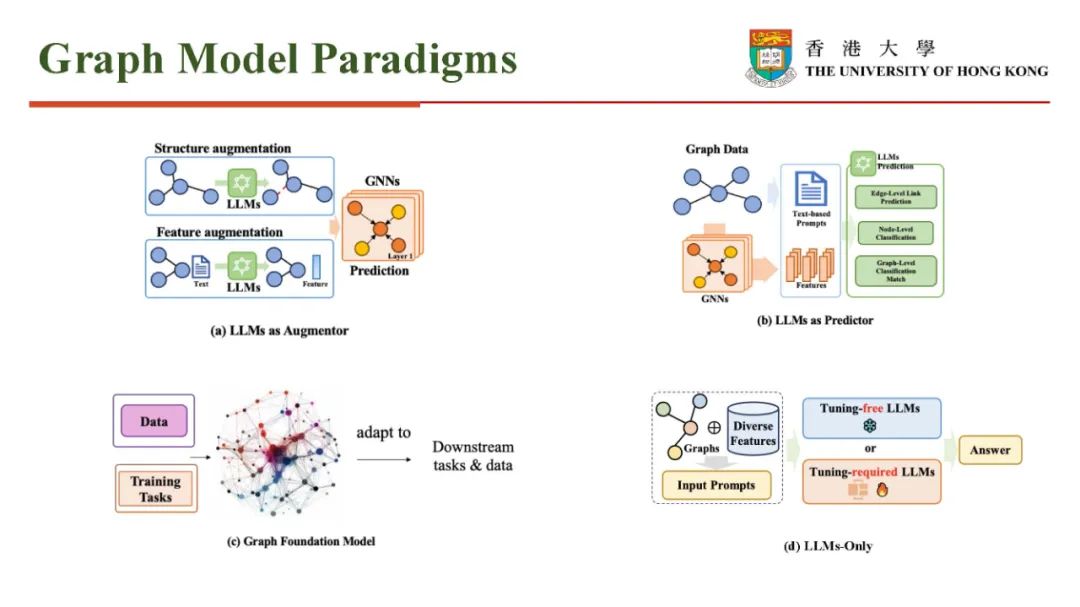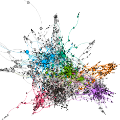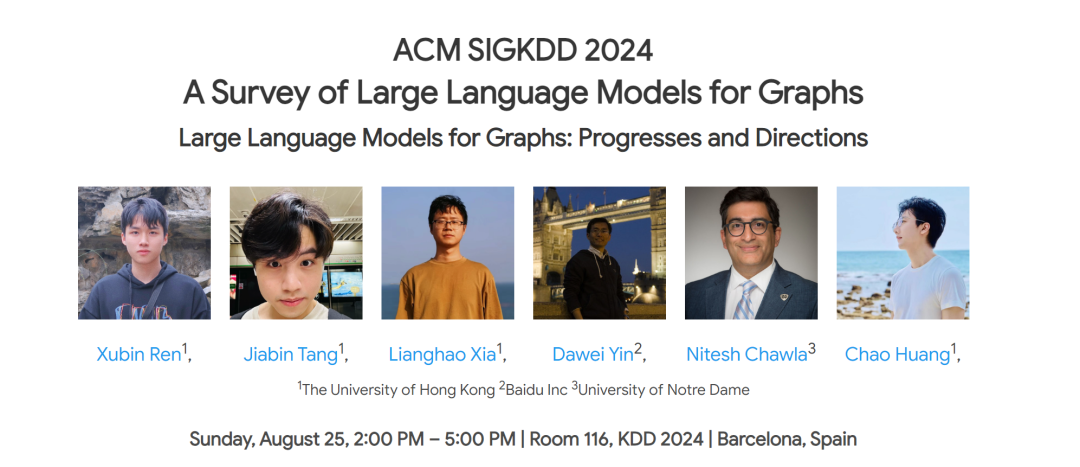
Section 1: GNNs as Prefix
**3.1 Node- level Tokenization
-
GraphGPT: Graph instruction tuning for large language models
-
HiGPT: Heterogeneous Graph Language Model
-
GraphTranslator: Aligning Graph Model to Large Language Model for Open-ended Tasks
-
UniGraph: Learning a Cross-Domain Graph Foundation Model From Natural Language
-
GIMLET:Aunifiedgraph-textmodelforinstruction-based molecule zero-shot learning
-
XRec: Large Language Models for Explainable Recommendation
**3.1 Node- level Tokenization
- GraphLLM: Boosting graph reasoning ability of large language model
- GIT-Mol: A multi-modal large language model for molecular science with graph, image, and text
- MolCA: Molecular graph-language modeling with cross-modal projector and uni-modal adapter
- InstructMol: Multi-modal integration for building a versatile and reliable molecular assistant in drug discovery
- G-Retriever: Retrieval-Augmented Generation for Textual Graph Understanding and Question Answering
- Graph neural prompting with large language models
Section 2: LLMs as Prefix
**2.1 Embeddings from LLMs for GNNs
- Prompt-based node feature extractor for few-shot learning on text-attributed graphs
- SimTeG: A frustratingly simple approach improves textual graph learning
- Graph-aware language model pre-training on a large graph corpus can help multiple graph applications
- One for all: Towards training one graph model for all classification tasks
- Harnessing explanations: Llm-to-lm interpreter for enhanced text-attributed graph representation learning
- LLMRec: Large language models with graph augmentation for recommendation
**2.2 Labels from LLMs for GNNs
-
OpenGraph: Towards Open Graph Foundation Models
-
Label-free node classification on graphs with large language models (LLMs)
-
GraphEdit: Large Language Models for Graph Structure Learning
-
Representation learning with large language models for recommendation
Section 3: LLMs-Graphs Intergration
**3.1 Alignment between GNNs and LLMs
- A molecular multimodal foundation model associating molecule graphs with natural language
- ConGraT: Self-supervised contrastive pretraining for joint graph and text embeddings
- Prompt tuning on graph-augmented low-resource text classification
- GRENADE: Graph-Centric Language Model for Self-Supervised Representation Learning on Text-Attributed Graphs
- Multi-modal molecule structure–text model for text-based retrieval and editing
- Pretraining language models with text-attributed heterogeneous graphs
- Learning on large-scale text-attributed graphs via variational inference
**3.2 Fusion Training of GNNs and LLMs
- GreaseLM: Graph reasoning enhanced language models for question answering
- Disentangled representation learning with large language models for text-attributed graphs
- Efficient Tuning and Inference for Large Language Models on Textual Graphs
- Can GNN be Good Adapter for LLMs?
**3.3 LLMs Agent for Graphs
- Don't Generate, Discriminate: A Proposal for Grounding Language Models to Real-World Environments
- Graph Agent: Explicit Reasoning Agent for Graphs
- Middleware for LLMs: Tools Are Instrumental for Language Agents in Complex Environments
- Call Me When Necessary: LLMs can Efficiently and Faithfully Reason over Structured Environments
- Reasoning on graphs: Faithful and interpretable large language model reasoning
Section 4: LLMs-Only
**4.1 Tuning-free
- Can language models solve graph problems in natural language?
- GPT4Graph: Can large language models understand graph structured data? an empirical evaluation and benchmarking
- BeyondText: A Deep Dive into Large Language Models’ Ability on Understanding Graph Data
- Exploring the potential of large language models (llms) in learning on graphs
- Graphtext: Graph reasoning in text space
- Talk like a graph: Encoding graphs for large language models
- LLM4DyG: Can Large Language Models Solve Problems on Dynamic Graphs?
- Which Modality should I use–Text, Motif, or Image?: Understanding Graphs with Large Language Models
- When Graph Data Meets Multimodal: A New Paradigm for Graph Understanding and Reasoning
**4.2 Tuning-required
- Natural language is all a graph needs
- Walklm: A uniform language model fine-tuning framework for attributed graph embedding
- LLaGA: Large Language and Graph Assistant
- InstructGraph: Boosting Large Language Models via Graph-centric Instruction Tuning and Preference Alignment
- ZeroG: Investigating Cross-dataset Zero-shot Transferability in Graphs
- GraphWiz: An Instruction-Following Language Model for Graph Problems
- GraphInstruct: Empowering Large Language Models with Graph Understanding and Reasoning Capability
- MuseGraph: Graph-oriented Instruction Tuning of Large Language Models for Generic Graph Mining
Survey
-
A Survey of Large Language Models for Graphs
-
Large language models on graphs: A comprehensive survey
-
A Survey of Graph Meets Large Language Model: Progress and Future Directions


